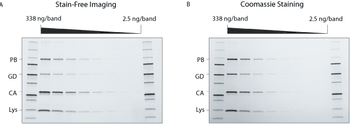
Innovations in electrophoresis and chromatography upstream of protein characterization can accelerate research.

Innovations in electrophoresis and chromatography upstream of protein characterization can accelerate research.

The Chinese facility was cited for data integrity violations.

Experts discuss recent advances in cell viability testing methods in bioreactors.

Multiple methods are required for detecting and removing protein impurities.
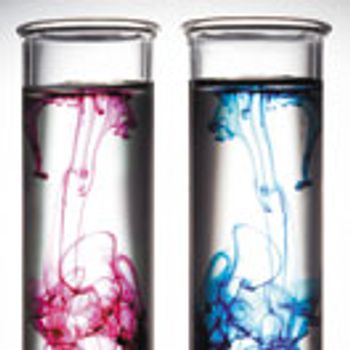
A step-wise process is used to characterize glycans and understand the functioning of a molecule for biosimilar development.

NIST’s monoclonal antibody reference material can be used as a standard for biopharmaceutical analytical quality control.
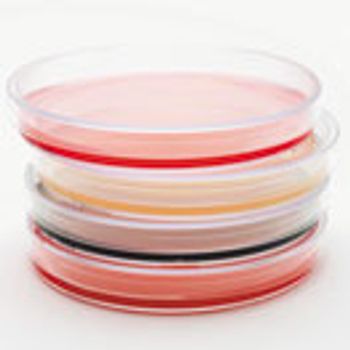
Pressures to accelerate current and next-gen therapies are challenging traditional microbiological testing methods.
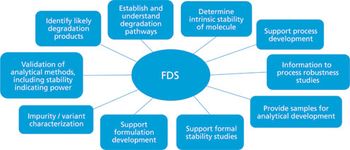
The author addresses critical issues to consider prior to performing forced degradation studies and provides best practice recommendations for these types of studies.

The assay, co-developed by Grifols and Hologic, will be used to test blood donations in the United States.
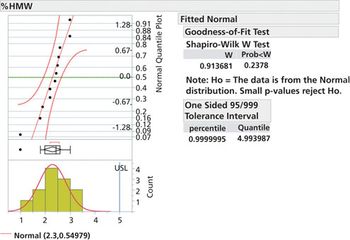
Specification limits should be set early in drug development and refined in later phases as data becomes available.
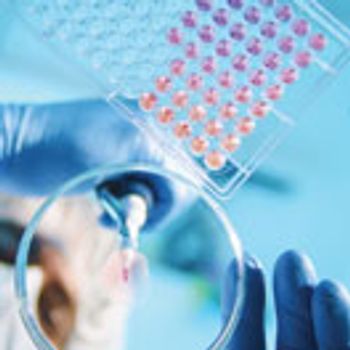
Advances in cell line engineering, process optimization, and in-vitro glycosylation are making a difference.

Investment at SGS’s Mississauga, Canada facility provides for analysis of molecular interactions in real time.

Data acquired from osmolality, glucose, and folic acid tests provides useful information for the specific identification of cell-culture media.
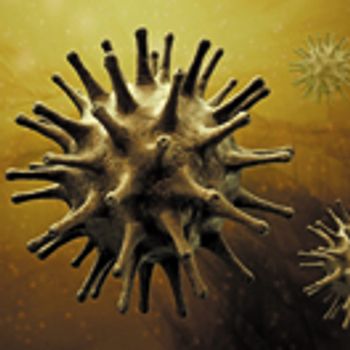
Testing product and process intermediates alone is helpful, but does not provide a complete solution to viral safety. This article proposes integrated solutions for systemic and proactive viral risk mitigation.

The agency publishes draft guidance on assay development and validation for immunogenicity testing.

The agency published guidance on data integrity as it is relates to CGMP compliance.

The authors investigate the sufficiency of high-temperature short-time treatment in inactivate mouse minute virus contamination.

The author describes common components of a relative potency bioassay and provides a framework for assay development, calculation, and control.

Headspace moisture analysis is a rapid non-destructive analytical method that may potentially address the limitations of traditional methods used for residual moisture determination.

A $1.1-million NSF grant awarded to Advanced Polymer Monitoring Technologies will be used for the development of a characterization technology for monitoring aggregation in biopharmaceuticals.

The ready-to-use assays are specifically designed for companies looking to characterize their biosimilar products in the pipeline.

A new study concluded although some mAb products have heterogeneous variants, these charge variants are associated with similar potency and pharmacodynamic profiles as originator molecules.

The company will showcase workflow solutions for sample prep and data analysis.

The authors describe the ways in which manufacturers can mitigate the risks related to the integrity of recombinant transgenes expressed in CHO cells.
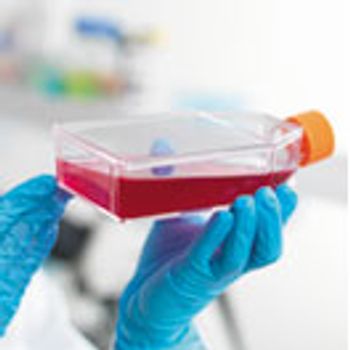
The necessity to detach cells from a culture substrate during cell harvesting remains one of the most challenging steps in a cell-culture process.